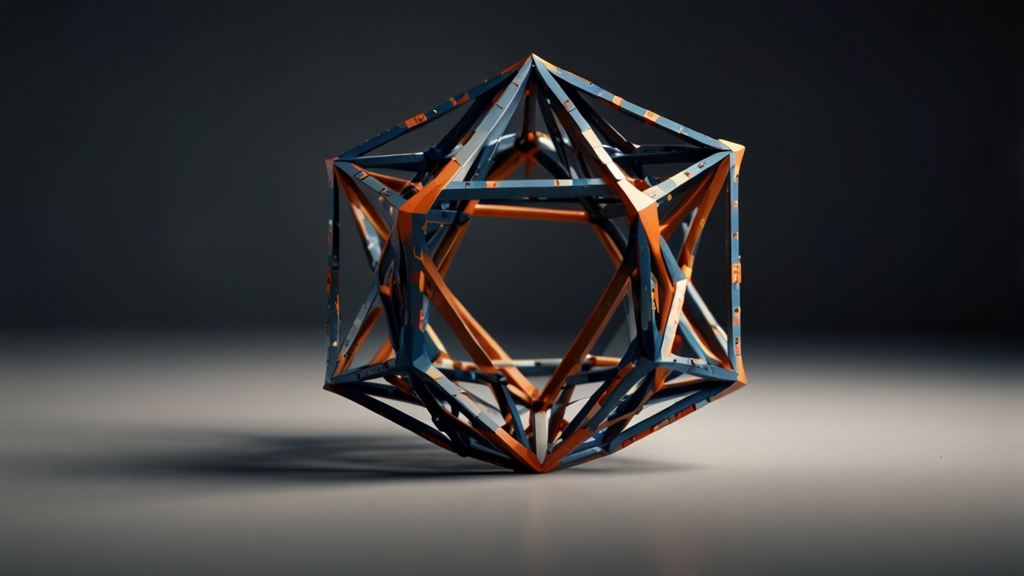How Plastic Pollution Is Threatening Marine Life: The Shocking Reality
Plastic pollution has become one of the most pressing environmental issues of our time. The convenience and ubiquity of plastic products have led to a global crisis that affects not only terrestrial ecosystems but also the vast and diverse marine life. Oceans, which cover over 70% of the Earth's surface, are now littered with millions of tons of plastic waste, creating a perilous situation for marine animals and plants.
The Scale of the Problem
Scientists estimate that over eight million tons of plastic waste enter the oceans each year. This staggering amount of debris comes from various sources including littering, illegal dumping, and runoff from landfills. Once in the sea, plastic waste gets carried by ocean currents and spreads across all parts of the globe. From the deepest ocean trenches to the most remote islands, no part of the marine environment is safe from this invasion of plastic.
"Every piece of plastic that has ever been made still exists in some form or another; it doesn't just go away," says marine biologist Dr. Sylvia Earle. "It breaks down into tiny particles that continue to wreak havoc for decades, if not centuries."
How Marine Life Is Affected
The impact of plastic pollution on marine life is multifaceted and overwhelmingly destructive. Marine animals are affected by plastic waste in several ways, primarily through ingestion, entanglement, and habitat disruption.
Ingestion
Many marine animals mistake plastic debris for food. Sea turtles, for instance, often consume plastic bags thinking they are jellyfish. Similarly, seabirds and fish eat small plastic particles, known as microplastics, which can block their digestive systems and lead to starvation. According to recent studies, up to 90% of seabirds have plastic in their stomachs.
Entanglement
Animals such as seals, whales, and even small fish can become entangled in plastic waste like discarded fishing nets, six-pack rings, and plastic straps. This entanglement can result in severe injuries, limited mobility, and even death. For example, 'ghost nets'—abandoned fishing gear—are notorious for ensnaring marine animals, leading to cruel and often fatal outcomes.
Habitat Disruption
Plastic waste can also alter marine habitats. Coral reefs, which are already vulnerable due to climate change and other stressors, are further damaged by plastic debris that smothers corals and blocks sunlight, essential for photosynthesis. Mangroves and seagrasses, which serve as nurseries for many marine species, can also be inundated with plastic waste, disrupting the delicate balance of these ecosystems.
"The problem with plastic waste is not just its sheer volume, but its persistence in the environment. It fragments but does not biodegrade, creating long-term ecological nightmares," says oceanographer Dr. Marcus Eriksen.
Steps Toward a Solution
Addressing the plastic pollution crisis requires a multi-faceted approach involving governments, industries, and individuals. Key strategies include:
- Legislation: Enforcing stricter regulations on plastic production and disposal. Banning single-use plastics can have an immediate positive impact.
- Innovation: Developing biodegradable plastics and improving waste management infrastructure.
- Education: Raising awareness about the environmental impact of plastic pollution and encouraging responsible consumer behavior.
- Cleanup Efforts: Organizing beach cleanups and deploying technologies like floating barriers to capture and remove plastic from oceans.
While the challenge is immense, it is not insurmountable. Through concerted global efforts and individual actions, we can mitigate the devastating impacts of plastic pollution and protect marine life for future generations.
"We must shift our habits and rethink our relationship with plastic. It’s a collective responsibility, and every little bit helps. Together, we can turn the tide on plastic pollution," urges environmental activist Greta Thunberg.








